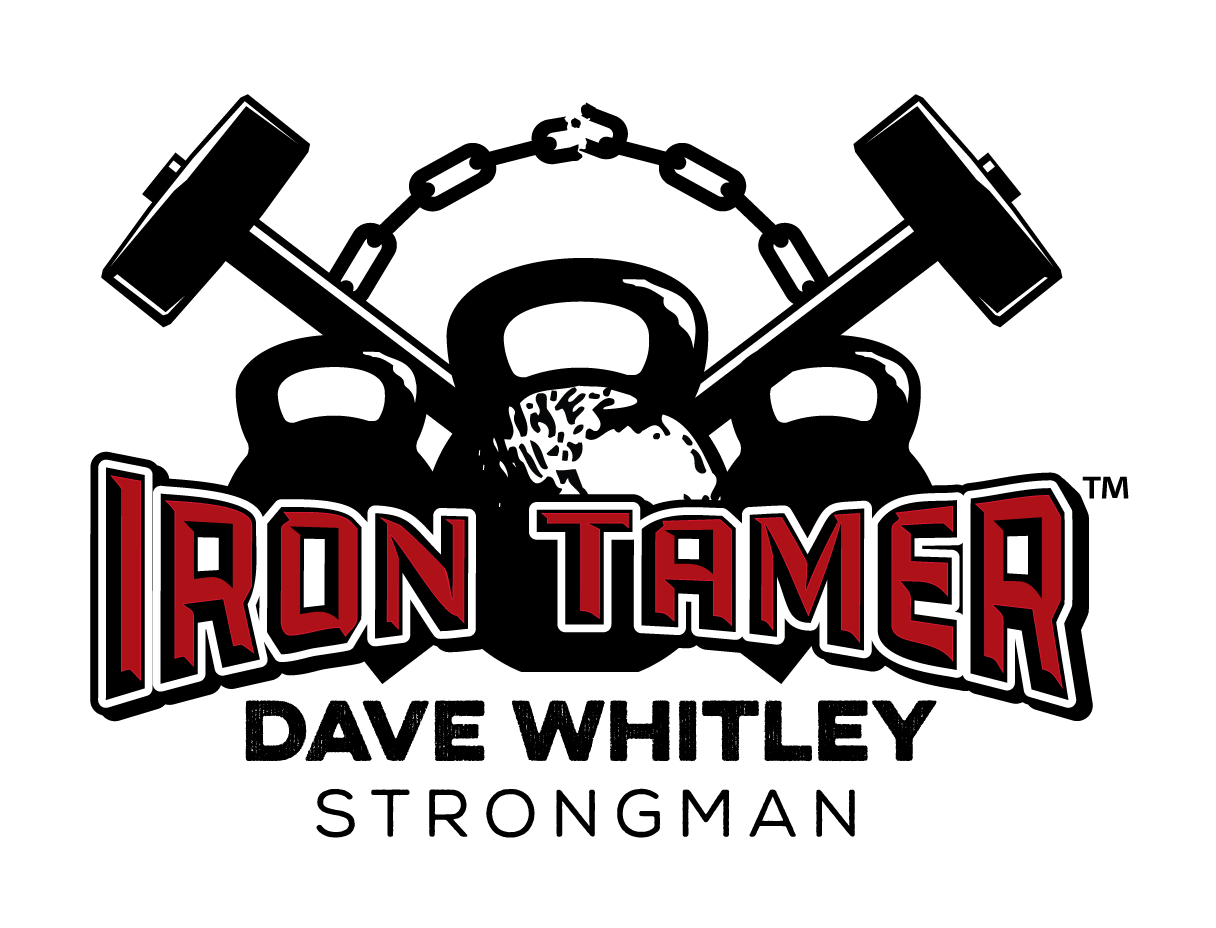In the majority of athletic movement, the spine doesn’t move and the muscles of the back and waist do not generate power but stiffen the spine and allow it transfer force to the extremeties. The primary function of the core is to stablize the spine. This allows for a safe and effective transfer of power.
Because of this, any time you lift anything relatively heavy or with any amount of tension while keeping a straight spine ( like a Hardstyle Swing or Kettlebell Squat) you activate your core. In fact, in the Functional Movement Screen, we test core stabiltity with a fairly difficult pushup modification. Gray Cook even says “Not collapsing-THAT is core stability.” To find a Certified Kettlebell Functional Movement Specialist near you click here.
Imagine “sucking in your core” with a heavy barbell on your back. Imagine frequent chiropractic visits and terrible pain.
For most people, the the term “core” is synomous with “abs”. Regrettably this includes trainers in the fitness business who get their clients workout routines from this months issue of thier favorite muscle magazine. These are the same people that equal a “strong core” to a “six pack”. The “six pack” is actually only one muscle, rectus abdominus.
There is a lot more to the core than rectus abdominus. Let’s consider the plank as an assessment tool for core strength and stability. Since the core’s role in movement is stabilization, you ideally recruit the ENTIRE core musculature to stabilize the torso in your movements. In the plank position, if you allow any of the torso or hip muscles to relax, the something sags.
Swings, squats, getups, even presses need a contracted and stable core.
In the RKC we teach the concept of the “moving plank”. This means we emphasize neutral spine to tranfer power and moving from the hips to generate power. We commonly call the finished position the Hardstyle Lockout and it looks like a standing plank.
Since we seek this position in nearly every exercise we do, we are doing core work all the time, along with the rest of the body. As my RKC colleague Dan John says, “your body is one piece”. Train it that way.

Recent Comments